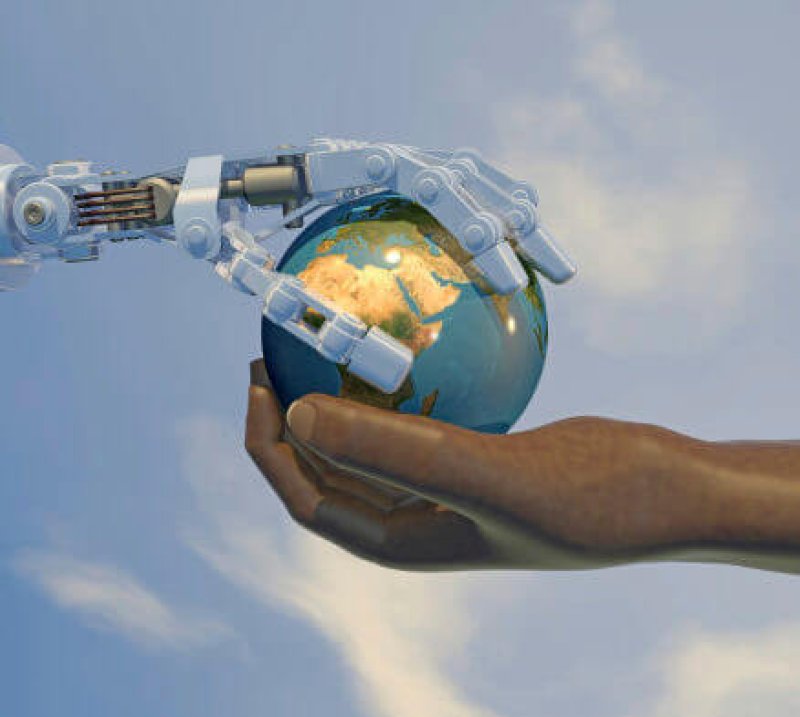[Editor’s note: Max Tegmark is a physicist at MIT. The following is part of an excerpt from his new book, Life 3.0: Being Human in the Age of Artificial Intelligence.]
Like our universe itself, life gradually grew more complex and interesting. I find it helpful to classify life forms into three levels of sophistication: Life 1.0, 2.0 and 3.0.
…
Bacteria are an example of what I’ll call Life 1.0: life where both the hardware and software have evolved rather than being designed. You and I, on the other hand, are examples of Life 2.0: life whose hardware has evolved but whose software is largely designed.
…
Yet despite the most powerful technologies we have today, all life forms we know of remain fundamentally limited by their biological hardware. […] This requires life to undergo a final upgrade to Life 3.0, which can design not only its software but also its hardware. In other words, Life 3.0 is the master of its own destiny, finally fully free from its evolutionary shackles.
…
After 13.8 billion years of cosmic evolution, development has accelerated dramatically here on Earth: Life 1.0 arrived about 4 billion years ago, Life 2.0 (we humans) arrived about a hundred millennia ago, and many researchers think that Life 3.0 may arrive during the coming century, perhaps even during our lifetime, spawned by progress in AI. What will happen, and what will this mean for us?
The GLP aggregated and excerpted this blog/article to reflect the diversity of news, opinion, and analysis. Read full, original post: Will AI Enable the Third Stage of Life on Earth?































